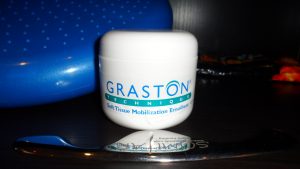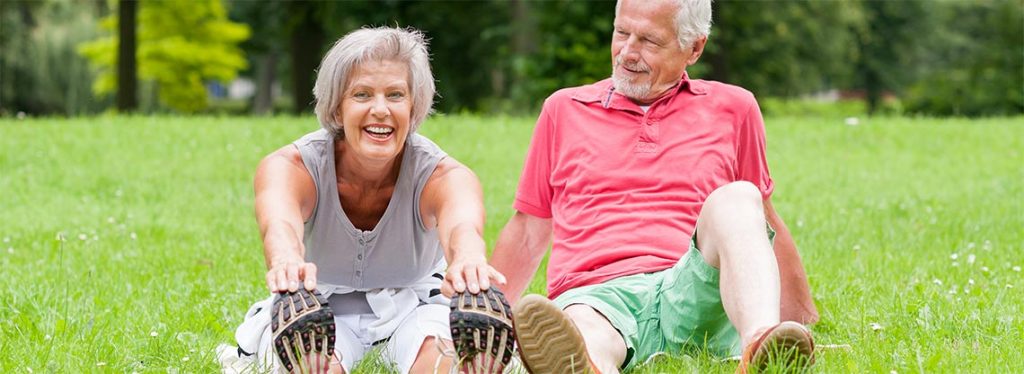Call today: 416-906-0767
Do you have mechanical neck pain?
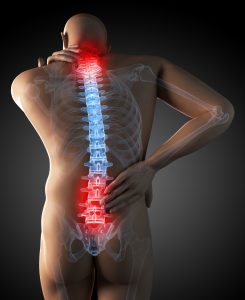 Neck pain has become increasingly common in that 2 out of 3 people will experience neck pain at some point. Mechanical neck pain and headache coming from the neck (cervicogenic headache) are quite common, so here is some info for you to help you further understand the relationship between spinal manipulation therapy (SMT) or the “adjustment” and decreasing neck pain.
Neck pain has become increasingly common in that 2 out of 3 people will experience neck pain at some point. Mechanical neck pain and headache coming from the neck (cervicogenic headache) are quite common, so here is some info for you to help you further understand the relationship between spinal manipulation therapy (SMT) or the “adjustment” and decreasing neck pain.
What does Mechanical neck pain mean?
Mechanical neck pain (MNP) just means neck pain that gets worse when we use our neck more and the pain is coming from parts of the cervical spine that allow us to move our head around and up and down. Mechanical neck pain doesn’t come from “pinched” or irritated nerves, instead the pain is coming from inflamed facet joints (joints in the neck) and from degenerated or “thinned” disc(s). The disc and facet joints become more inflamed when we use our neck to move our head, and the muscles around the cervical spine begin to spasm. You can think of a muscle spasm similar to a muscle cramp.
Why is the muscle spasm happening?
Muscles that are cramping eventually lead to pain. The spasm occurs as the body’s response to try to stop the movement in the neck. Addressing the root cause of pain in the neck with an assessment of the painful cervical joints that may be “stuck” or restricted will assist in the application of treatment options. An adjustment or alternatively gentle mobilizations (challenging a joint within its normal range) may effectively remove the pain source, which will allow the muscle spasm to subside.
Ways to keep the neck joints happy:
- Sleep with a supportive pillow on you side or back
- Make sure to stretch your neck regularly to avoid stiffness in the cervical spine
- Take computer/phone breaks to avoid looking in one direction for too long
- If you need more details on how to do the above or would like more tips, book an initial visit with Dr. Maria Davidovic
If you’d like to arrange an appointment, email dr.mdavidovic@gmail.com or call 416-906-0767
Chiropractic care and therapeutic exercise – why do them together?
Have you been injured? Is the healing process taking too long? Take a good look at what your active care is made up of. First off, are you active? And, in which ways? It could be your “core” strengthening exercises are actually NOT spine-friendly, and are potentially setting you up for re-injury.
Spine-friendly therapeutic exercise
I always suggest a quick review of what exercises someone is doing on the regular. Possibly tweaking a few of the exercises if they aren’t joint-friendly. The goal is to build the endurance of the core muscles in a way that won’t lead to re-injury. Chiropractic treatment, like the adjustment, is considered “passive care.” Passive care is when you are resting on a treatment table while you are treated. “Active care” is when exercise, such as strength training, is incorporated into the treatment.
Information on how to prevent injuries is provided to help decrease future painful accidents. The passive care is used to help re-align your spine so it’s in optimal condition.
Education on injury prevention strategies may assist in faster recovery. Therapeutic exercise combined with chiropractic care may decrease the occurrence of future episodes and improve your quality of life.
If you’d like to arrange an appointment, email dr.mdavidovic@gmail.com or call 416-906-0767
Old or new scar tissue causing pain? Learn how Graston technique® can help
Graston technique®
Graston technique® or instrument-assisted soft tissue mobilization (IASTM) is used by clinicians to effectively detect and treat scar tissue and myofascial restrictions that interfere with normal function. When tissue is placed under stress and damaged, it will heal in a haphazard pattern (scarring) that can cause reduced range of motion, loss of strength and pain.
Skilled clinicians use the stainless steel instruments to comb over the area and locate fibrotic tissue. The instruments are then used to break up the scar tissue, while increasing the amount of blood flow to and from the area that allow for healing. Graston technique® has been shown to be effective in treating all acute, chronic, and post-surgical soft tissue conditions. The benefits of using IASTM are an overall decreased treatment time, and faster recovery.
In my clinical practice:
I have had great outcomes with the use of Graston Technique® in patients with new or old injuries. Patient’s typically remark feeling less scar tissue every visit. As the stainless steel tool glides over the site of injury, the scar tissue is felt as “bumpy bits” or tender areas. Both the patient and myself notice these “knots”, “bumpy bits” or fibrotic areas in the muscle decrease and are less painful with every treatment. Here’s an example for neck pain: I’ve noticed the use of Graston technique® on the upper trapezium (the muscle that helps shrug your shoulders up) provides effective relief for neck pain. It also helps to decrease the frequency of headaches in patients who hold a lot of stress in the shoulder and neck area. Once we increase blood flow to the area and relax the muscle, we are able to get in and stretch the muscle. Then, neck core exercises are introduced to ensure the endurance is there in the deeper neck muscles so that the more superficial muscles (aka. traps) don’t work overtime to support the neck.
Graston Technique® is commonly used to treat:
Repetitive stress injuries, sports injuries, chronic pain, headaches, neck pain, back pain, carpal tunnel syndrome, shin splints, shoulder pain, knee pain, plantar fasciitis, tennis elbow, golfers elbow, and sciatica.
If you are experiencing any of the above conditions, and haven’t tried Graston technique® yet, email to arrange an appointment dr.mdavidovic@gmail.com or call 416-906-0767
Seniors and chiropractic care
Why chiropractic care is important for the aging population
Chiropractic care is important for the aging population because it helps keep the body functioning optimally. Health and mobility are very important to the aging population. Continue reading to find out why 🙂 Loosing your balance can decrease the quality of your life. How so, you ask? Well, slips and falls can lead to serious complications like wrist or hip fracture. Do you recall how it feels to have a joint limitation after a sprain or strain? Imagine how that would feel as a senior citizen. And, imagine how limited you would become with your activities of daily living. Being limited or inactive poses many other side effects like muscle atrophy over time, or social isolation with seniors when they become house bound. Becoming hospitalized after a fracture may pose some serious adverse effects like life-threatening pneumonia. These are all good reasons why keeping mobile and staying active and healthy can prevent something from occurring. Things happen and we all experience injuries but if someone asked you if you could avoid an accident, would you? The answer would be yes. So take the necessary measures to do that starting now.
Chiropractic care focuses on treating neuromusculoskeletal system imbalances, which means addressing areas of weakness to improve strength, proprioception and balance. Chiropractic care may also decrease pain and the frequency of reoccurring pain by addressing spine or extremity limitations with gentle mobilizations/manipulations and muscle release techniques like Graston technique®(see my newsletter regarding this technique).
Rehabilitation and patient education about how to avoid slips and falls
The use of patient education on ways to prevent falls within the home, reassurance, and exercise prescription are very beneficial. Special considerations are made for patients with osteopenia (bone density lower than normal) or osteoporosis in terms of gentle spine and extremity work. Movement is key as weight-bearing activities stimulate osteoblasts (bone-building cells) like resistance training (weight lifting), jumping, jogging/walking depending on a person’s ability. Exercise prescription is made with a gradual progression and dependent on the person’s overall health status. If someone has existing cardiovascular conditions, or other medical conditions, these are taken into account to ensure a safe plan of action is made for any new therapeutic exercise prescription.
Here’s one general household tip and one balance training tip to help with avoiding unnecessary slips and falls. Do not have loose rugs around the house as they slide easily and can cause an accident. Improve your balance by doing a single-leg stand beside the wall or have a chair that you can easily hold on to. Try to keep your balance first with eyes open and then try with eyes closed for up to 30secs to 1min. Gradually open the eyes if you feel too unsteady. You can improve your balance and proprioception doing this simple exercise.
If you’d like to arrange an initial chiropractic appointment, email dr.mdavidovic@gmail.com
or call 416-906-0767
“Text-neck” concerns? A modern spine condition affecting growing children, teens, and adults
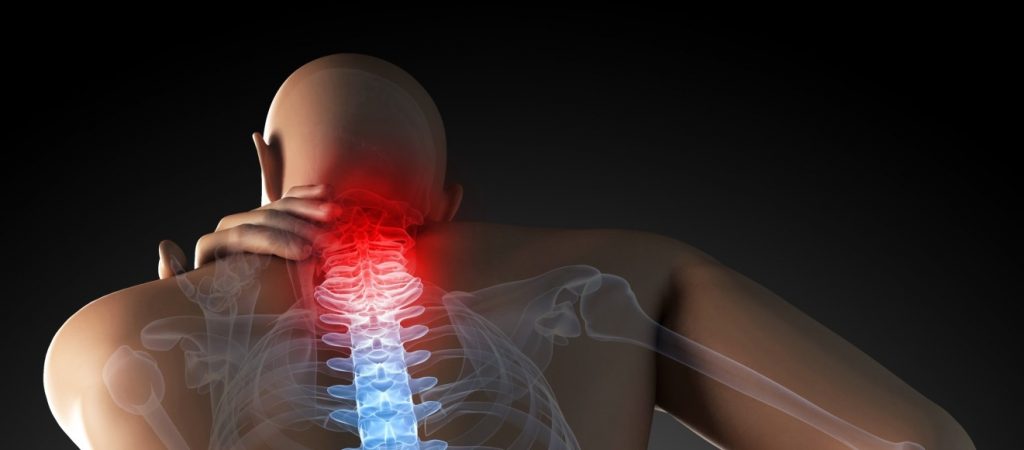 What is text-neck?
What is text-neck?
It’s neck pain associated with looking down at your cell phone or other wireless device for too long and too frequently. This posture of bending your neck to look down over the cell phone isn’t a new position. We have been hunching over for years with reading also. The main issue is that we look down for longer periods of time and more frequently in this day and age. What’s most concerning is that this posture is especially common in children! This could be setting them up for lifelong neck related damage and pain.
What are common symptoms of text-neck?
Neck pain, tightness, soreness, muscle spasms, and pain in the shoulders. If a cervical nerve becomes pinched, it can also lead to nerve pain that travels down your arm into your hand (neurological symptoms for cervical radiculopathy.) Text neck may also bring upon early onset of arthritis. So what can we do to help decrease these above painful neck conditions?
Take frequent breaks every 20-30mins.
Make sure you set up your computer so it’s at eye level at the desk so you’re not looking down excessively.
Try to hold your phone up higher to avoid looking down for too long.
Stretch your neck side to side, roll your shoulders back and down (opposite of being hunched over).
You should strengthen the core muscles of your neck and shoulder blade area (scapular stabilizers). These areas are crucial to build endurance in so that you don’t slump forward as much and predispose yourself to other injuries secondary to poor posture.
To learn how to offset the harmful effects of “text-neck”, book your chiropractic appointment now at dr.mdavidovic@gmail.com or 416-906-0767 with Dr. Maria Davidovic.
Kinesiotaping: why try it?
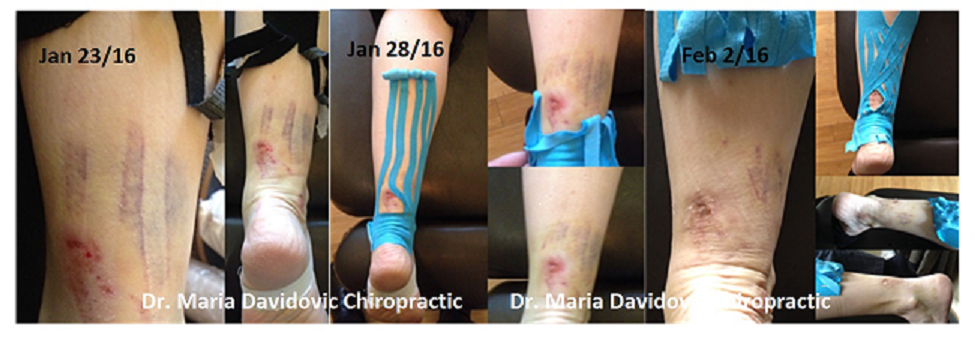
Kinesiotaping
In my practice, I’ve had some promising outcomes with the use of Kinesiotaping technique. (I use both kinesiotape and Spidertech tape – different brands of tape, both work well.) The most noticeable changes are when someone comes in with a swollen joint or with bruises. The tape material is hypoallergenic and latex free. The tape is applied to the affected area in a way where the skin is gently lifted. This allows room for inflammation to clear out in order for the bruising to fade faster. Or, you can PRICE (protection, rest, ice, compression, elevation) the affected area, but this will take longer to heal. Taping can also be used to help relax tight muscles by applying a special stretch technique. Or to even activate weak muscles. Taping can also be used for joint/postural support.
As a chiropractor, I love being able to have a variety of tools to utilize in helping patients recover faster in a safe and effective manner. There is even a special version of the tape that can be used for people with sensitive skin! For the most part, I’ve been using spider tech tape in my practice and the colour options are the following: beige, black, pink and blue. The variation in colour has no effect in the taping method used. They are just there for fun 🙂
Here’s a clinical example of how taping has helped speed up recovery:
A patient who was struck in the back of the leg as seen in the collage: after 11 days with the use of kinesiotaping technique to decrease inflammation, the bruising/inflammation is practically gone! Around this period, without tape, your bruise would be yellowish-brown. But, that all depends on the severity of the bruise and the persons overall health. I forgot to take a photo of the injured leg pre-tape job on the 23rd, but you can gather the area was quite bruised as seen in the pictures.
If you’d like to arrange an initial chiropractic visit or follow-up visit, and would like to try kinesiotaping, email dr.mdavidovic@gmail.com or call 416-906-0767 to arrange your follow-up


